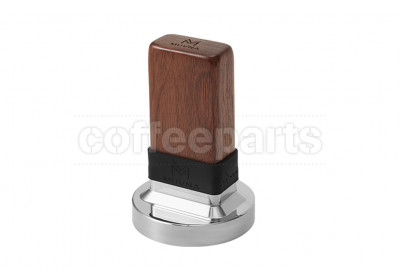


1300 129 129 9am-5pm M-F AEST



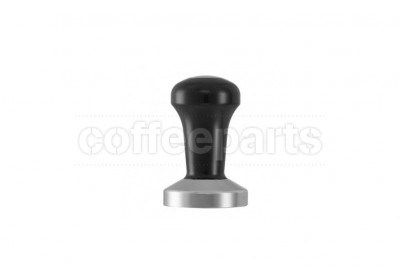
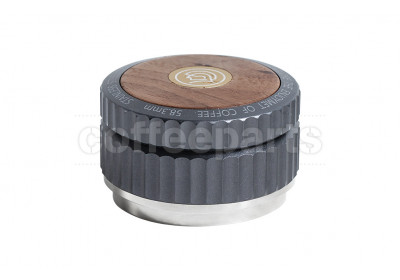



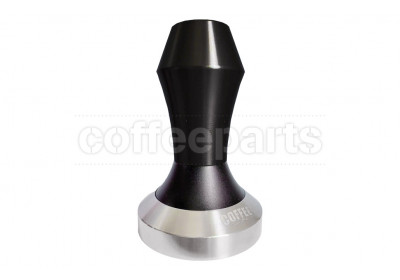

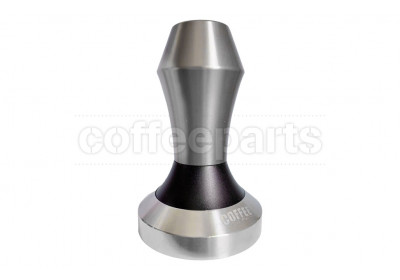
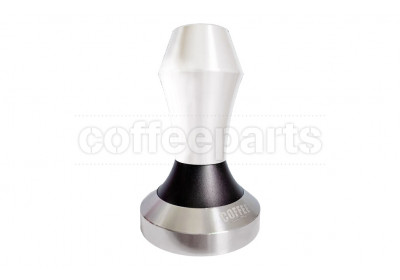
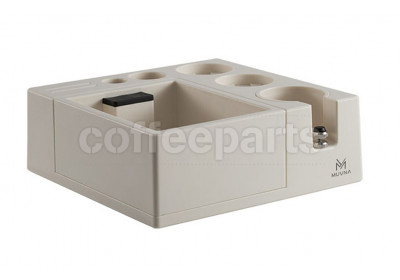
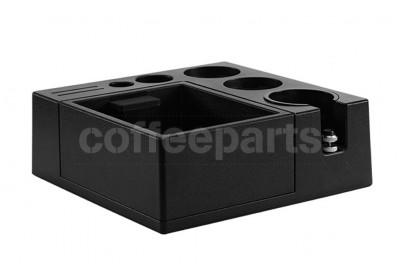
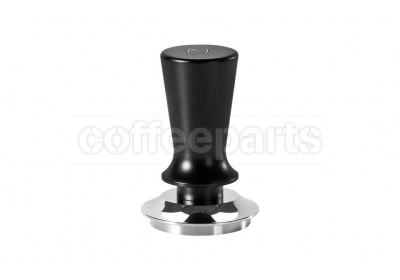
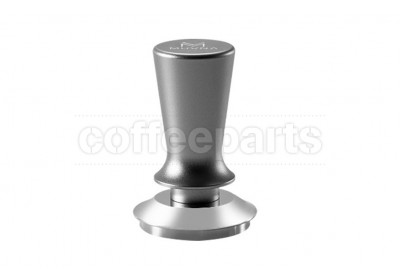















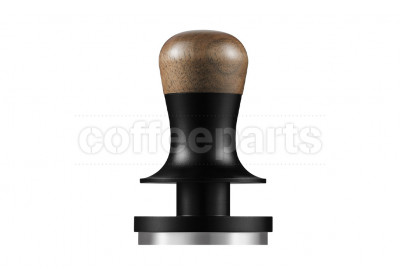
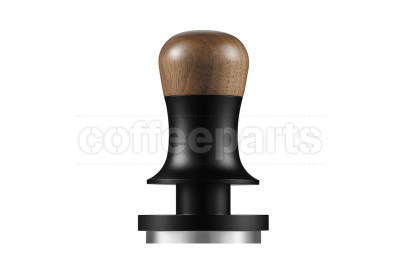

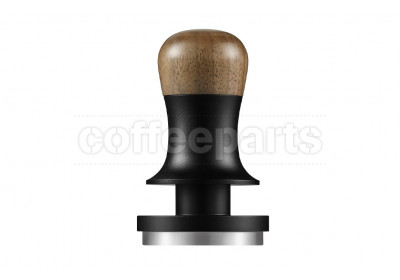



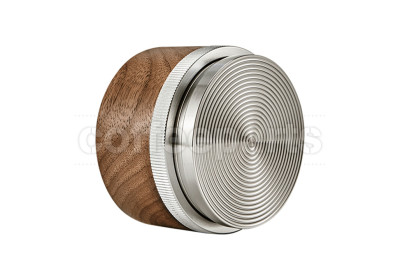


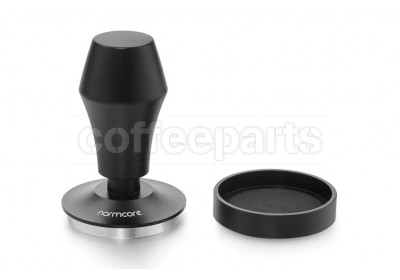

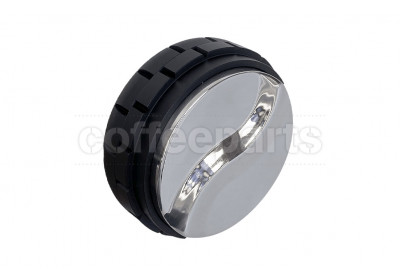



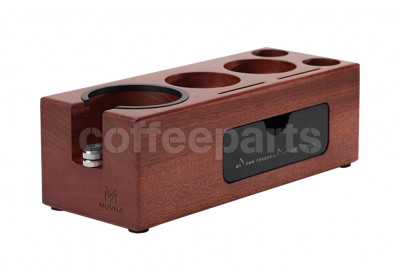


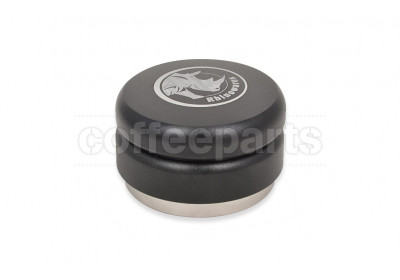
When preparing your favourite espresso-based coffees, tamping is a crucial step. Ground coffee is placed into the portafilter basket, piled loosely at first. Tamping compresses these fine particles together, eliminating empty spaces and forming a dense puck ready for extraction.
Once you start your shot, the pressurised group head forces hot water to pass through the coffee, swiftly extracting sugars, oils, and other compounds. A level, well-distributed, and evenly compacted tamp ensures that water flows uniformly through the coffee, delivering a perfect shot of espresso. Remember, water will always seek the path of least resistance.
If there are too many voids or gaps within the coffee grounds, the water will take the easy path, a phenomenon known as 'channelling'. The result is an uneven extraction. Over-extraction occurs where the water channels and under-extraction in the areas that remain almost untouched.
There’s as much variety in coffee machines as there is in the styles of coffee tampers available and choosing the right one can be a bit overwhelming.
When it comes to size of the tamper, you'll see both standard and 'precision' options. The precision versions are produced to help you get the best fit in whichever portafilter basket you are working with. The closer the fit, the less chance for the coffee on the edges to be tamped at a different pressure to elsewhere in the puck.
In most local cafes, you'll likely encounter stainless steel tampers, although brass and copper options are also available.
We sell coffee tamper kits and coffee tamper sets for your machine to help take out the guesswork
Here are a few factors to consider when choosing a tamper:
Material: Stainless steel is the most common, but brass and copper are also options. Heavier tampers can assist with applying pressure for professional baristas, while lighter tampers might be more suitable for home use.
Shape: Tampers come in flat or convex designs. Flat tampers have a uniform surface, while convex tampers have a slightly bulged surface designed to push the coffee grounds up along the sides, preventing channeling.
We offer a broad selection of espresso tampers to perfectly fit your filter basket. Some of our popular products come from renowned brands such as Crema Pro, MHW 3-Bomber, Muvna, Zero-Hero, Pesado, and of course, Pullman—home of the BigStep!
How to manual tamp like a pro
If you aim for an exceptional coffee experience, mastering the art of producing the perfect puck is key. A coffee Tamper or 'coffee temper
A perfect puck ensures the coffee is evenly distributed and allows water to pass through it consistently during the extraction process.
The result? The rich oils and textures that create a beautifully balanced espresso shot.
Grind and weigh your ideal amount of coffee grounds into your portafilter. Employ a distribution tool like the MHW Memory Series Tamper to level, distribute, and groom the coffee surface.
When you're ready to tamp, keep your wrist straight and your elbow bent at a 90-degree angle for a comfortable and effective grip. Alternatively, place your portafilter on a tamping mat or stand, ensuring the top of the portafilter is perfectly horizontal to the benchtop.
Adopt a two-stage approach for applying downward pressure. Start with around 7kg of force to form the base of the puck, then increase to between 9kg and 13kg to finish tamping. Consider using calibrated tampers for precise pressure application.
Apply a gentle twisting motion as you lift the tamper away to polish the puck and create a smooth surface.
Lastly, inspect the puck for any loose coffee on the surface. Remove excess coffee around the top of the portafilter to enhance machine maintenance and cleanliness.
Tamping pressure is important when brewing on your espresso machine. The perfect espresso comes from being consistent and accurate when you tamp coffee. A quality coffee grinder and tamper help manage two of the biggest variables in the quality of your espresso.
Tamping force is hard to measure - feel for a firm, even press onto the loose coffee grounds with the tamper base parallel to the bench. Ensure a tightly packed puck with no gaps around the edges or any uneven areas. We want a well distributed surface.
Speed, efficiency, and consistency are crucial for a busy café. As we've discussed, there are many steps baristas must follow to brew the perfect cup. The barista's skills play a big part in the success of your café. With the industry moving towards automation, it's important to focus on creativity, craftsmanship, and customer satisfaction.
Why use an Auto Tamper? Besides increasing consistency when tamping, automatic tampers greatly reduce the risk of overuse injuries. Tamping is one of the most strenuous tasks for baristas due to high force and repetition, as well as awkward postures.
Statistics show that about 75% of a barista's workday is spent preparing espresso-based beverages. With hundreds of shots being made each day in busy cafés, it's important to consider the long-term effects of this repetition on your staff’s physical health. An auto coffee tamper is a great way to look after your baristas wrists and hands!